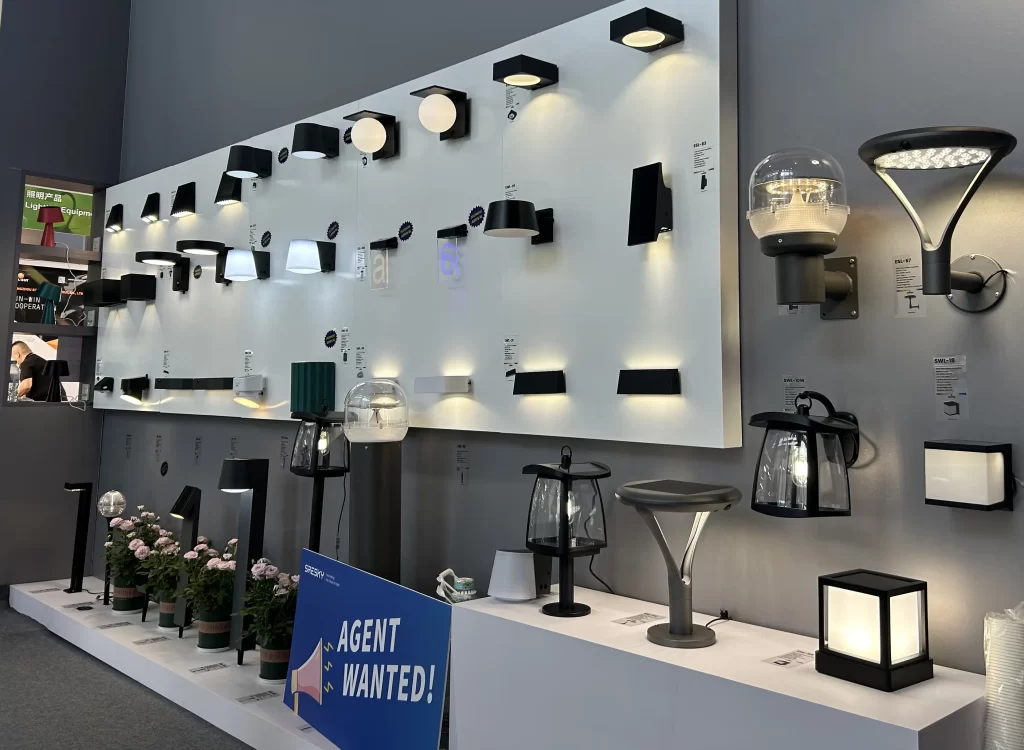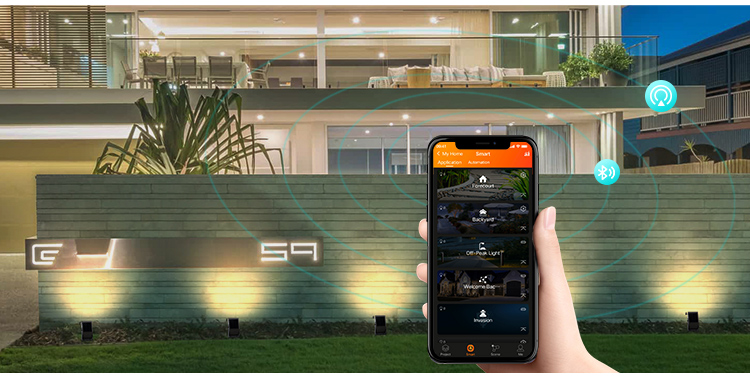Introduction
Governments worldwide are actively driving the renewable energy transition by continuously introducing or adjusting solar subsidy policies to accelerate photovoltaic project implementation. According to REN21’s 2025 Global Renewable Energy Report, global renewable energy investment reached $728 billion in 2024, marking an 8% year-on-year increase. The solar sector benefited significantly from subsidy mechanisms during this period. These policies not only advance environmental goals but also provide tangible economic incentives for businesses, particularly under the new 2025 policy framework.
However, B2B clients—especially decision-makers in hotel and municipal projects—often miss opportunities due to unfamiliarity with complex solar subsidy regulations. This can lead to persistently high project costs, extended return on investment (ROI) cycles, and diminished competitiveness. As a subsidiary of the Sresky Group specializing in smart solar lighting, Sottlot not only delivers exceptional products but also serves as an industry partner for clients. We help interpret solar subsidy policies and combine them with high-performance lighting solutions to maximize investment returns and achieve B2B cost reduction goals.
I. Why Focus on Policy? Unveiling How Subsidies Drive B2B Project Value
Solar subsidy policies act as catalysts for B2B project success, driving value creation through multi-dimensional mechanisms that help clients stand out in competitive markets. Understanding these policies transforms hotel and municipal projects from cost burdens into strategic investments.
First, direct cost savings form the core appeal of subsidies. Policies like tax credits and cash rebates significantly reduce upfront project investments. Industry analysis shows federal tax credits can reduce solar installation costs by 30%. Combined with state rebates, total savings can reach tens of thousands of dollars. For example, in a typical hotel solar lighting project, this translates to direct reductions in procurement and installation expenses, enabling B2B clients to scale within constrained budgets.
Second, enhancing project viability is another key driver. Subsidies shorten ROI cycles, making economically marginal projects financially feasible. Research indicates that in low-interest-rate environments, subsidies can accelerate the ROI growth rate of solar projects, shortening the payback period from the traditional 8–10 years to 5–7 years. For municipal projects like community lighting upgrades, this enables faster investment recovery, freeing funds for other infrastructure.
Finally, competitive advantage cannot be overlooked. Clients leveraging these policies gain cost leadership over peers and enhance their sustainability credentials. In the hospitality sector, subsidy-supported solar garden light installations not only reduce operational electricity costs but also attract environmentally conscious guests, elevating brand value. Similarly, in municipal projects, subsidy-driven lighting upgrades enhance public safety and strengthen government credibility. Overall, these policies drive B2B cost reductions, fueling long-term growth for hotel and municipal initiatives.
II. Focus on 2025: Decoding New Subsidy Policies for Hotel and Municipal Solar Projects in Europe and the US
Under the 2025 policies, solar subsidy frameworks in Europe and the US exhibit diversification, presenting golden opportunities for hotel and municipal projects. Key markets are highlighted below to help B2B clients seize these opportunities.
In the US market, the Inflation Reduction Act (IRA) remains the core framework, supporting commercial projects through the Investment Tax Credit (ITC) and Production Tax Credit (PTC). The ITC allows a 30% deduction on solar installation costs, while the PTC provides a credit of $0.0275 per kilowatt-hour, both extended at least through 2025. However, the One Big Beautiful Bill Act (OBBB Act), enacted in July 2025, introduces changes by phasing out credits for wind and solar projects. The full credit applies starting in 2025 but will phase out after 2027.
Special focus for hotels and municipal projects: Projects located in “energy communities” or using domestically manufactured components qualify for additional credits, boosting subsidy rates. For municipal park lighting or hotel landscape upgrades, this translates to greater savings, driving B2B cost reductions.
In the European market, policy diversity is prominent, typically manifesting as feed-in tariffs (FiT) or investment grants. Germany offers KfW battery grants and commercial premiums to support municipal lighting upgrades; France and Spain permit surplus energy sales via FiT. Spain’s IDAE announced €180 million in funding in July 2025 for commercial and residential PV projects, including hotel solar installations. REPowerEU funding covers up to 50% of residential and public solar costs. For municipal and public lighting, multiple countries offer specific financial support, such as smart city funds for community walkway and park lighting.
While overall solar installations in the EU have slowed slightly, subsidies will still drive 64.2 GW of new capacity by 2025. These 2025 policies provide strong incentives for hotel projects (e.g., courtyard lighting) and municipal projects (e.g., street upgrades), helping B2B customers achieve cost optimization.
III. How Do Sottlot Products Help Customers Maximize Subsidy Benefits?
Sottlot’s product line is specifically designed with subsidy policies in mind. Through high-standard compliance and exceptional performance, it helps customers maximize returns, particularly in hotel and municipal projects.
High-standard compliance is fundamental. Sottlot products meet international certifications like CE and RoHS, ensuring technical and safety requirements are fulfilled during subsidy applications and preventing disqualification due to non-compliance. For instance, in U.S. ITC applications, our locally manufactured monocrystalline solar panels and lithium-ion batteries seamlessly pass reviews due to compatibility requirements.
Superior performance and technology further amplify subsidy benefits. Our adaptive lighting system maximizes energy savings through intelligent dimming modes, meeting efficiency requirements for many subsidies. Data shows this system reduces energy consumption by 30%, boosting ROI. Additionally, outdoor solar lamp reliability benefits from premium materials like ABS and PC, coupled with IP65 waterproof ratings, ensuring longevity and meeting policy thresholds for project stability.
In application examples, Sottlot’s smart solar garden lights excel in hotel projects. They beautify courtyards and pathways while leveraging subsidies to reduce procurement costs. One European hotel client sold surplus energy through FiT, achieving annual savings of thousands of euros. For municipal projects, our solar streetlight series upgrades community lighting without increasing budgets. A case study in a Spanish municipal park shows project costs reduced by 20% using IDAE subsidies, plus long-term electricity rate subsidies. These examples demonstrate how Sottlot helps clients seize opportunities under the 2025 policy reforms to achieve B2B cost reductions.
IV. Procurement Recommendations: Partner with Sottlot to Navigate Subsidy Policies Effortlessly
Partnering with Sottlot is the smart choice for B2B clients navigating solar subsidy policies. We provide comprehensive support to ensure smooth project implementation.
Professional consulting is our core service. The Sottlot team interprets regional subsidy opportunities for clients—such as additional credits under the U.S. IRA or European FiT details—helping assess potential savings and avoid missing out on 2025 policy benefits.
Customized solutions further enhance value. We provide tailored lighting solutions based on project scale and requirements, complete with comprehensive technical and compliance documentation for seamless subsidy applications. For example, we customized PIR sensor-enhanced fixtures for a hotel project to ensure compliance with energy efficiency standards.
Case studies build confidence: Sottlot has successfully helped global clients complete projects using subsidies. One U.S. municipal client deployed reliable solar wall lights with a 30% cost reduction through ITC credits, shortening ROI to 6 years. These real-world experiences prove we are a reliable partner.
Conclusion and Call to Action
The 2025 global solar subsidy policies present unprecedented cost-reduction opportunities for B2B clients, particularly in hotel and municipal projects. Whether through the U.S. IRA tax credits or European FiT and grants, these new policies significantly accelerate ROI and advance sustainability. Partnering with a provider like Sottlot—combining premium products and expert services—is crucial. We deliver intelligent lighting solutions while ensuring you maximize policy benefits.


